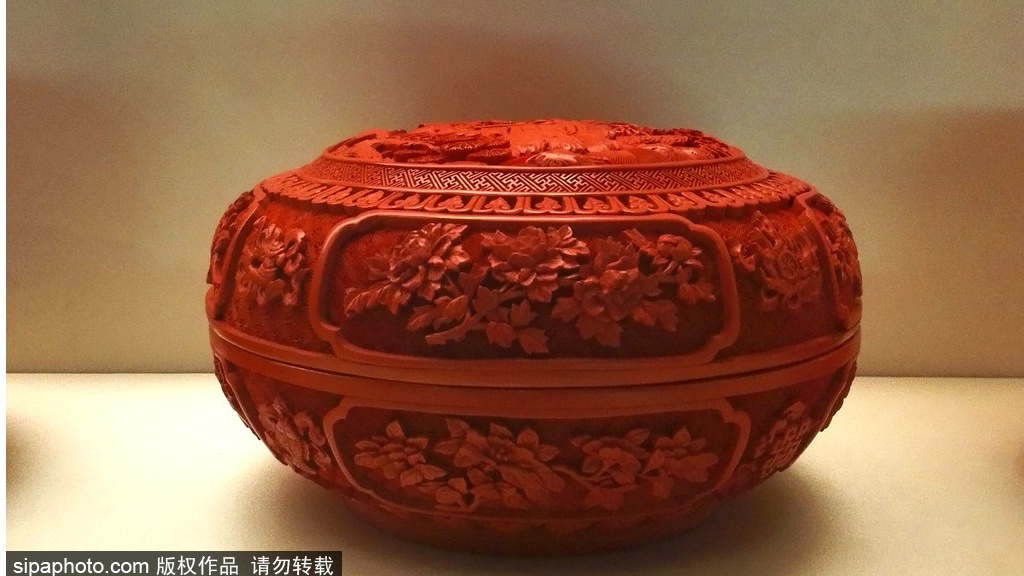
On par with cloisonne, ivory carving, and jade carving, carved lacquerware is recognized as one of the four great forms of craftsmanship in Beijing. Carved Lacquerware in Beijing features plain, solemn shape, delicate ornamentation, smooth color and lustre, and elegant appearance. It is also moisture-proof, heat resistant, acid and alkali resistant, and not deteriorating, together with the property of undeformable. Carved Lacquerware constitutes an important part of Chinese lacquering technology, as well as the essence of traditional arts and crafts in Beijing. It mirrors the superb craftsmanship and wisdom of craft artists in China, and exists as the treasure of Chinese traditional handicraft.

Where to buy:
Liliuchang Street
Liulichang street is located south of Hepingmen (Peace) Gate within walking distance of the Hepingmen Quanjude Peking Duck Restaurant. It was named after a colored glaze factory called "Liulichang" during Emperor Qianlong's reign in the Qing Dynasty. Now it has become a spot of historical and cultural interest that shows traditional Chinese culture, such as various craftworks, artistry, and antiques. The famous Yidege, which opened in 1865 (the 4th year of Emperor Tongzhi's reign in the Qing Dynasty), was the first manufacturer of Chinese ink. Daiyuexuan, created in 1916 and named after its creator, makes high-quality writing brushes.
Address: No.25 Nanxinhua Street, Xicheng District
Panjiayuan
Panjiayuan Flea Market, located in the southwest part of Panjiayuan Bridge, East 3rd Ring South Road, Chaoyang District, Beijing, is founded in 1992 and covers an area of 48,500m2. It’s a “holiday-type” market, and also the largest antiques market and flea market in China. Since Panjiayuan Flea Market is expanding, it is gradually developed into a street full of second-hand goods.
Panjiayuan Flea Market is divided into six areas, i.e. the stall area, the area of ancient buildings, the area of classical furniture, the area of modern collections, the area of stone carving and the catering area. The six areas mainly sell antiques, handicrafts, collections and ornaments, with an annual business volume of hundreds of millions of yuan. In the market, there are over 4,000 shops and nearly 10,000 businessmen. The market grows up with the rapid rising and development of civil trading of antiques and artworks. At present, it has become a large-scale antique and artwork market, showing the antique beauty and spreading the folk cultures.
In addition, the market sells jewelry, jade, furniture imitating ancient style, four treasures of the study, ancient books, scripts and paintings, second-hand books and groceries. Here you can buy or appreciate the antiques, second-hand goods, handicrafts, collections and ornaments. Furthermore, within the market, Gem Appraisal Center of Peking University can provide consultations and issue authority certificates for jewelry and jade on the spot.
Address: near to No. 18, Huaweili, Chaoyang District.



